This guest post is written by Holly McKenzie-Sutter. | Spoilers ahead.
“It’s kind of a funny story, actually,” the titular character of the television series Fleabag explains, when asked by a taxi driver if she is running her independent business on her own. “I opened a café with my friend Boo. She’s dead now. She accidentally killed herself.” This exchange, during the final moments of the series’ first episode, is as much of a shock to the driver as it is to the viewer. He doesn’t find it funny, and neither do we. This moment is probably the first time that we haven’t shared Fleabag’s sense of humor, in the unsettling reveal that her best friend, who we have also met this episode, is dead.
“So yeah,” Fleabag concludes her anecdote, “I’m kind of on my own.”
The audience has spent the last twenty-five minutes befriending the unnamed protagonist, played by writer and creator Phoebe Waller-Bridge (“adapted from her award-winning Edinburgh play“), through fourth-wall breaking, Frank Underwood-esque asides and glances. These moments, interjections where she comments on her interactions with dates, bank managers, sexual partners, dogs, cucumbers, family members, and everyone in between, “turn the viewer into Fleabag’s new best friend,” as Emily Nussbaum writes for The New Yorker.
A particular focus in women-driven TV comedy is the importance of female friendship. Broad City, Insecure, Parks and Recreation, Golden Girls, Girlfriends, Orange Is the New Black, Sex and the City, Living Single, and countless others fit this description. Fleabag breaks from this pattern by exploring the effects of losing a best friend, and continuing to live in the world without her. Fleabag talks to us like we’re her new best friend because she can no longer talk to her real one. That the series is so funny while telling a tragic story about a very sad woman speaks to the power of comedy in addressing such difficult topics.
In an interview with Paste magazine, Waller-Bridge says:
“I guess it’s an articulation of something I see [around me] and very simply just makes me laugh. Like people openly lying to each other: ‘I’m fine, I’m fine’ and both these people can see that they’re not fine, and that the other person’s not fine. And that just makes everyone feel calmer: that they’re all lying. It’s so funny, I don’t know what it is, but it just makes me laugh.”
Finding humor in pain, and in lying, is at the heart of the series – and it’s a character trait of Fleabag’s that comes under criticism from her family and from herself. When driving to a mother’s day “silent retreat” in memory of their late mother, Fleabag’s sister Claire (Sian Clifford) cracks up at one of her sister’s inappropriate jokes, only to immediately start crying. “Don’t make this fun,” Claire says.
Their inability to not have fun, or to be silent, results in the two of them nearly being kicked out of the weekend program. Fleabag makes Claire laugh by mocking the faux-seriousness of the retreat activities, which mostly entail silently doing household chores for the mansion hosting them. The impossible task of being silent, and Fleabag’s inability to “shut out the noise” as she had hoped, is ironized by the “Better Man” retreat happening on the grounds at the same time. This group’s activities involve a repeated exercise where the attendees work through their aggression by yelling “slut” at the top of their lungs, punctuating Fleabag’s silent retreat with sexist descriptors that deep down, she feels might true about herself.
This joke is consistently funny throughout the episode, and the idea of intrusive, inappropriate thoughts punctuating serious moments is a recurring one in Fleabag. In one scene, Fleabag and Claire’s horrendous godmother-turned-stepmother (“She’s not an evil stepmother, she’s just a cunt.”) bustles around and interrupts the family gathering while the girls’ father (Bill Paterson) memorializes their mother. “Ignore me,” Stepmother (Olivia Colman) demands in a dramatic stage whisper as she loudly pops a champagne bottle. Clearly, Stepmother is there, she cannot be ignored and her awful intrusive presence in the would-be sentimental family moment, while very uncomfortable, is also just really funny. Pretending that the very loud, horrible thing is not present, when it clearly is, is one of Fleabag’s go-to joke formulas. It’s consistently hilarious, except when it’s horribly sad. For Fleabag, her relentless joking banter with us is her attempt at drowning out the very loud, horrible thing that constantly threatens to overwhelm her – the reality of Boo’s death.
Boo’s character (Jenny Rainsford) appears in every episode of Fleabag, in flashbacks that offer us a glimpse of the close bond the two women shared. These scenes are the only ones in which Fleabag does not directly address the audience, indicating that it was a time before she needed us. Many of them take place in Boo’s apartment, an unfamiliar space we can never access in our own relationship with Fleabag. The presence of these memories in every episode demonstrates that this was an irreplaceable relationship, one that will stay with Fleabag for the rest of her life. In the only somewhat tender scene between Fleabag and her father, he compares the way he misses the girls’ mother to the way Fleabag must miss her friend – in a way that the two of them will never fully get over.
With the recent losses of her best friend and her mother, Fleabag is living with the reality of death constantly on her mind. The cold open of the third episode is a visual gag on Fleabag jogging into frame – in a graveyard. She meets Claire there for her birthday, implicitly to visit their mother’s grave. Claire tells Fleabag that it’s “really inappropriate” to jog through a graveyard, “flaunting your life,” and is later shocked to learn that Fleabag comes there every day. The episode concludes with Fleabag cordially nodding to a fellow regular visitor on one of her jogs. This space of memorializing the dead is a part of Fleabag’s daily routine.
The void left in the wake of Boo, and Fleabag’s mother, cannot be easily filled. For most of the series, Fleabag is lying to her family, and to us, her “new best friends,” about the fact that she’s fine. But the show makes an argument for “flaunting your life” in the graveyard, by finding a way to laugh with people in the inappropriate moments, even when you’re very sad.
Waller-Bridge tells Paste:
“In my heart, for any of these characters to succeed they need to make human connection and be honest and open with each other. To know that success is something that will come and go. It’s not something you can hold onto tight enough. It’s not something that will keep you safe forever, whereas family and friends often will.”
In a review for Indiewire, Ben Travers writes that “by the end of just six episodes,” Fleabag’s use of direct address “pays off in a bigger way than House of Cards has provided in four full seasons.” The direct address “pays off” because, by the end of season one, we understand why Fleabag is speaking to us directly: she is desperate to connect.
We don’t see Fleabag break down fully until the last scene of the series. Her café is about to go under – and with it, the remnants of the passion project she started with Boo. She is losing her livelihood and the most significant physical reminder of her best friend. In this moment, Fleabag unloads all of her true feelings of guilt about hurting Boo, about hurting her family, and about her fears of being a selfish person. “Either everyone feels this way a little bit and they’re not talking about it, or I’m completely fucking alone, which isn’t fucking funny,” she says.
After spending six episodes with her, we know the answer to this. Everyone feels that way a little bit, and it’s definitely fucking funny.
Thankfully, the first season ends on a laugh. The bank manager (Hugh Dennis), who denied Fleabag a loan necessary to save her café in the first episode, happens upon Fleabag at her lowest point. After hearing her break down, he reopens her loan application on the spot. “Let’s start over,” he says, about the application he found “funny” because he thought it was a café for guinea pigs (it’s actually “guinea pig themed”). Hearing her loan application read back to her, Fleabag laughs, too. The bank manager delivers the last line of the series by saying, “See? I told you it was funny.”
Despite its tilt towards tragedy, Fleabag is a funny-sad comedy about a lonely woman who has lost her best friend, that makes a convincing case for laughing with each other about the fact that everything is not fine, until maybe it starts to be fine again.
Holly McKenzie-Sutter is a Vancouver-based writer, journalist, and graduate student. She recently graduated from the University of Toronto with a double major in English and Cinema Studies, and is currently working on a Master’s of Journalism at the University of British Columbia. Follow her on Twitter @hollerdoller.
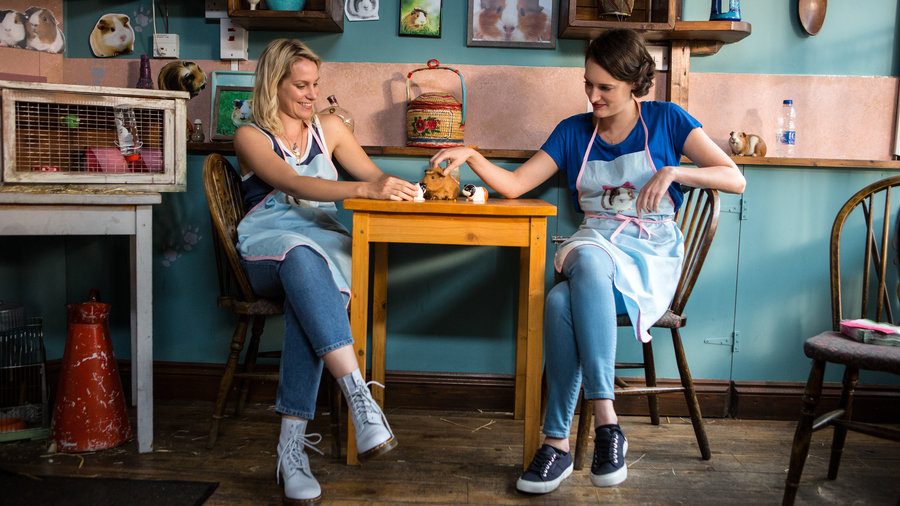



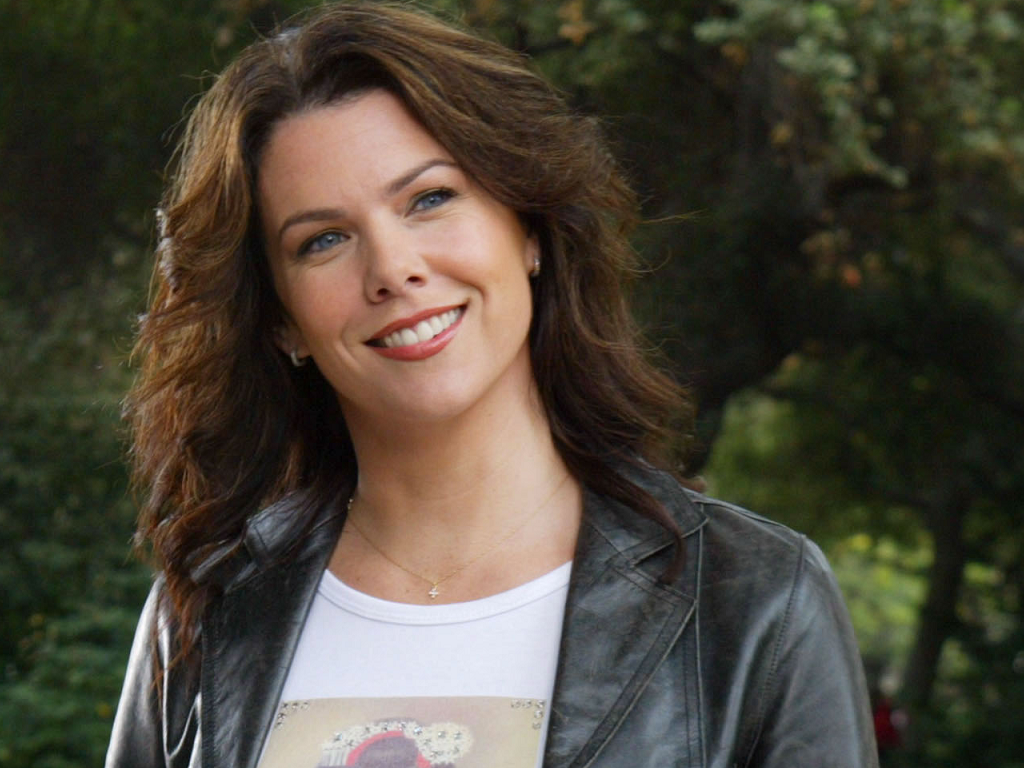













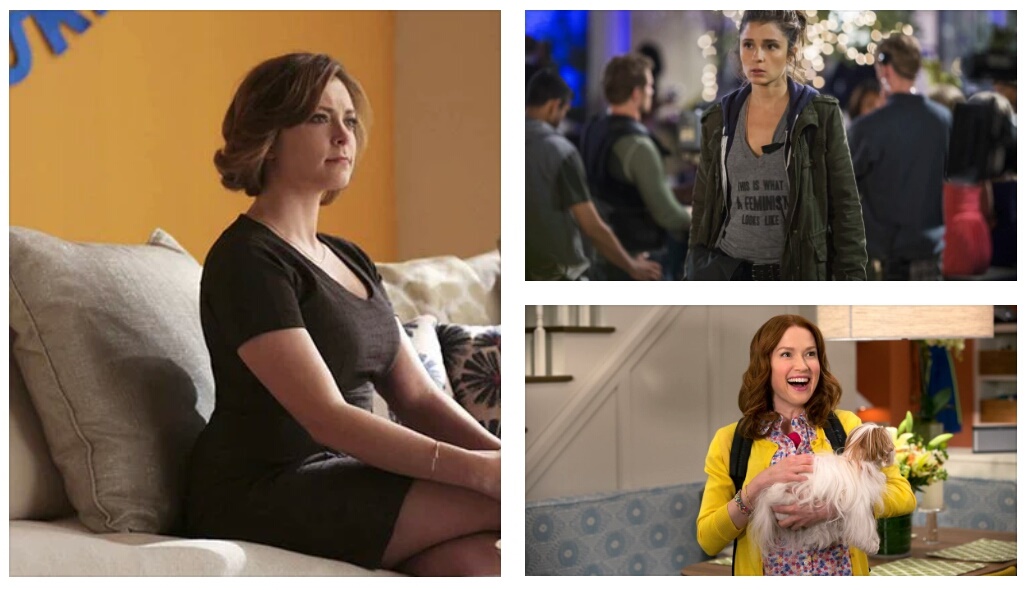

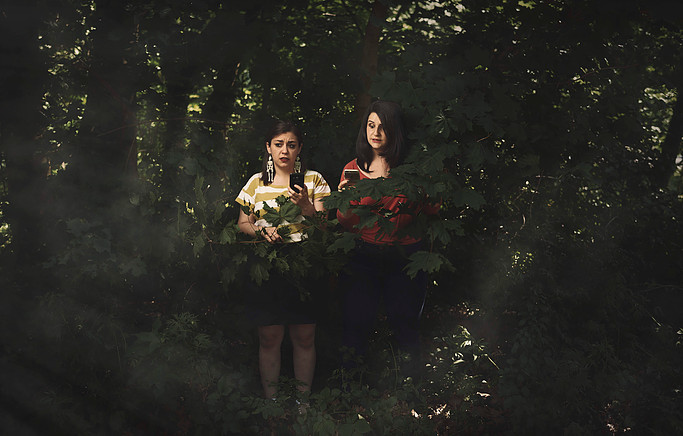












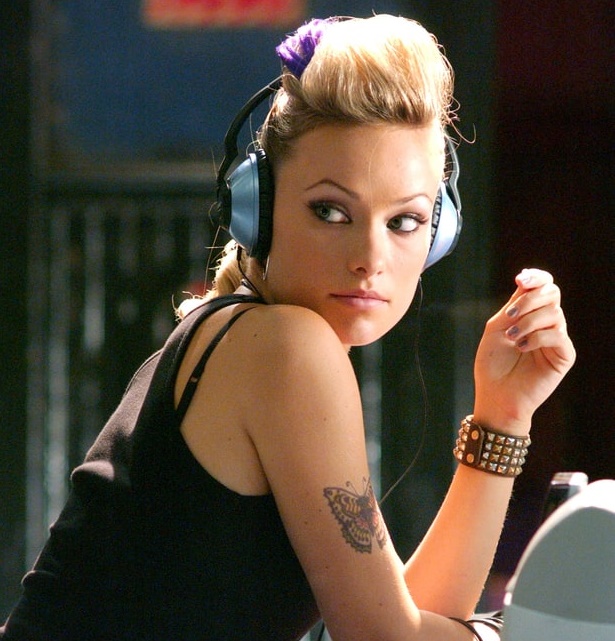




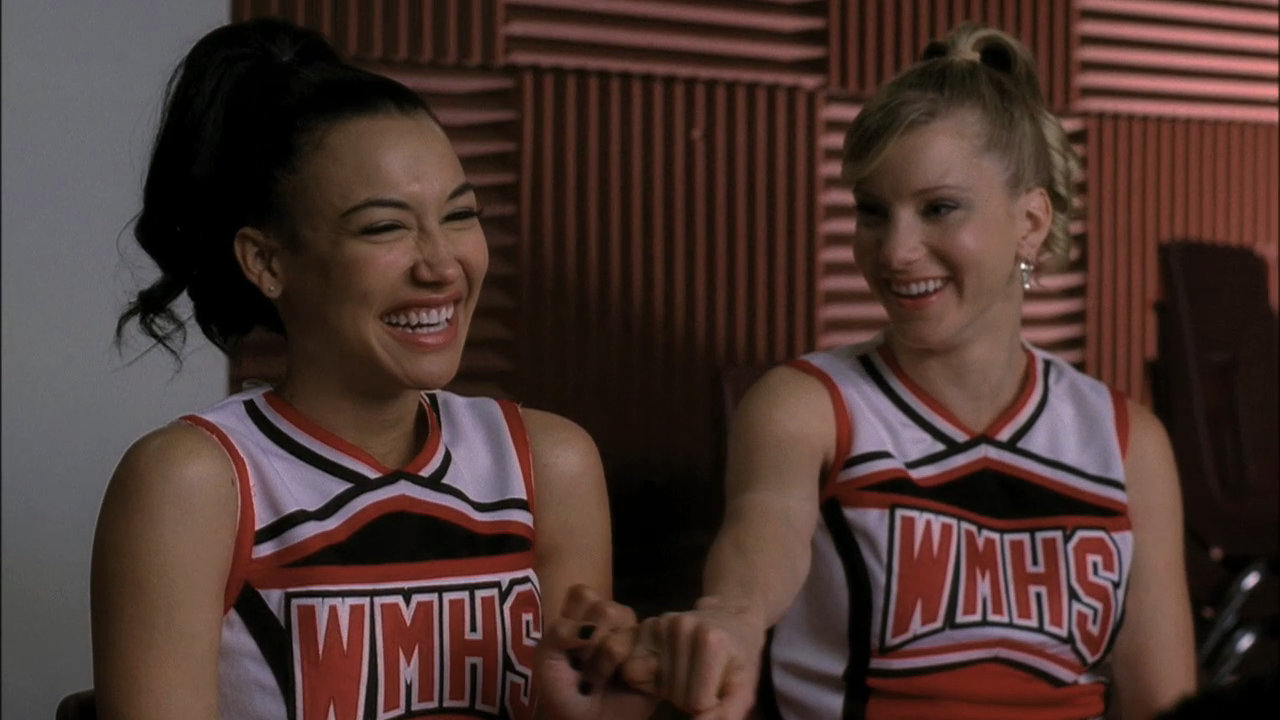





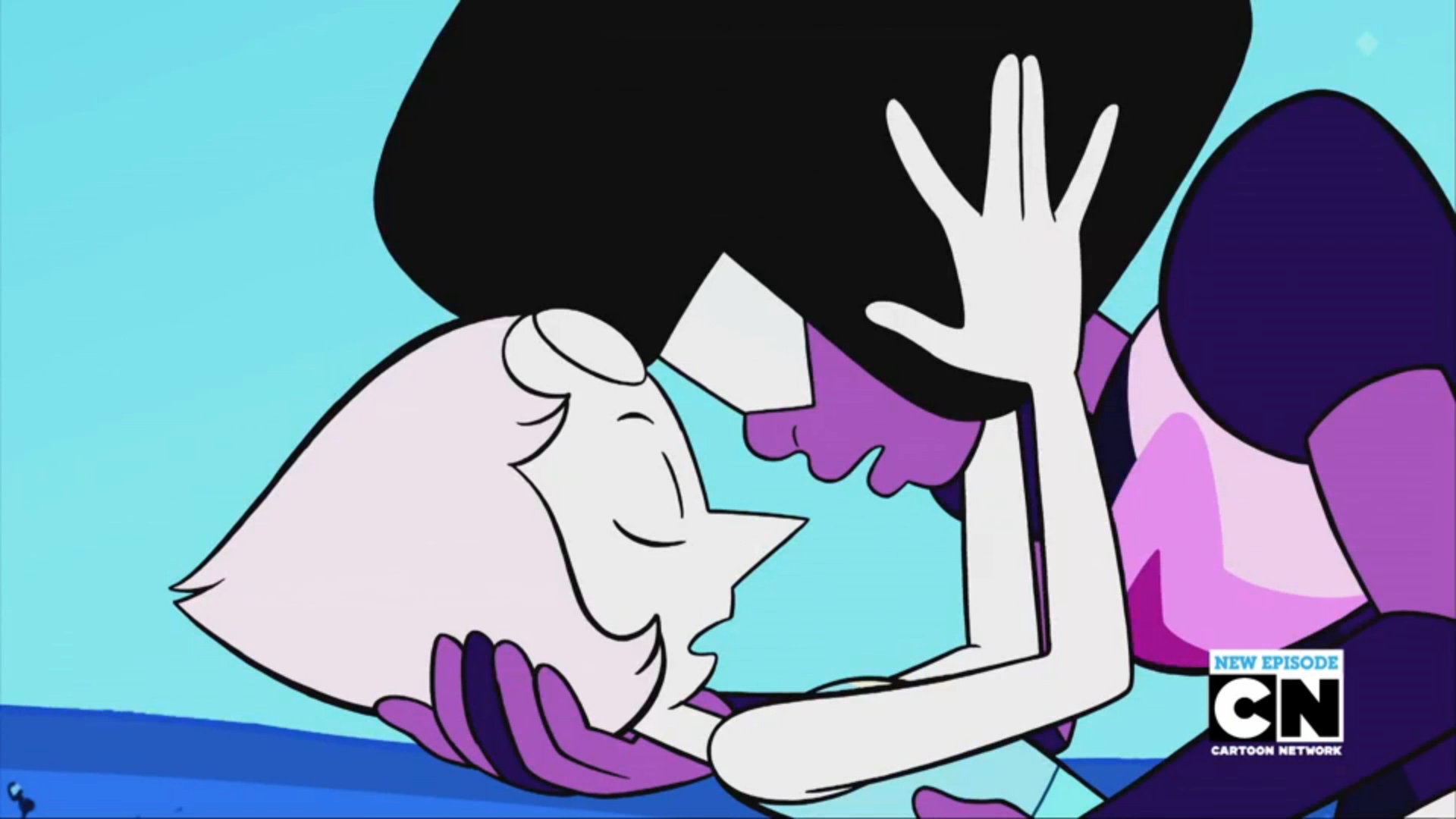




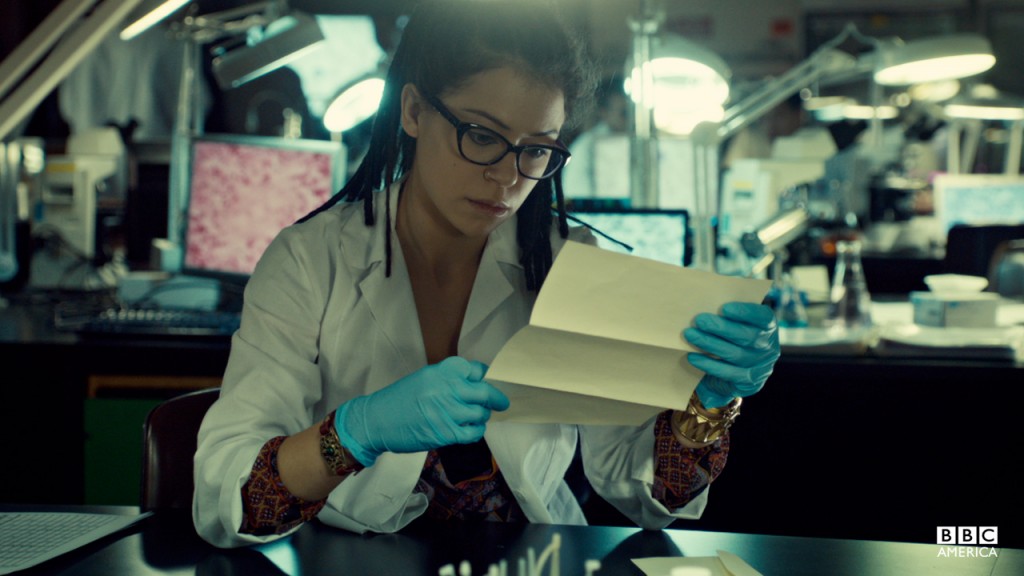





![Big Bang Theory | Penny [surname unknown] (Kaley Cuoco) with the rest of the cast – the season one Smurfette The Big Bang Theory](https://www.btchflcks.com/wp-content/uploads/2016/07/Big-Bang-Theory-3.jpg)

